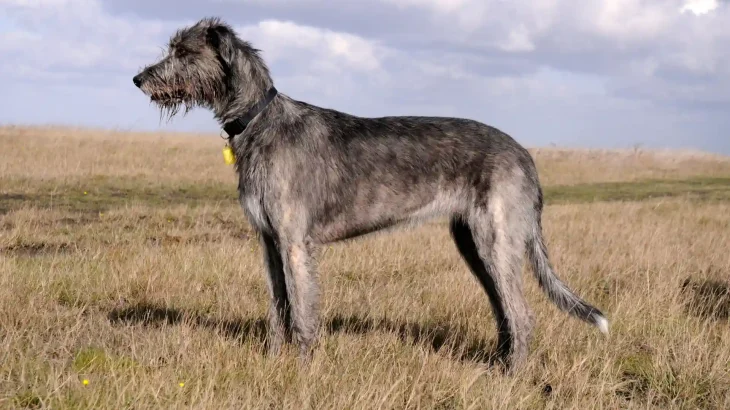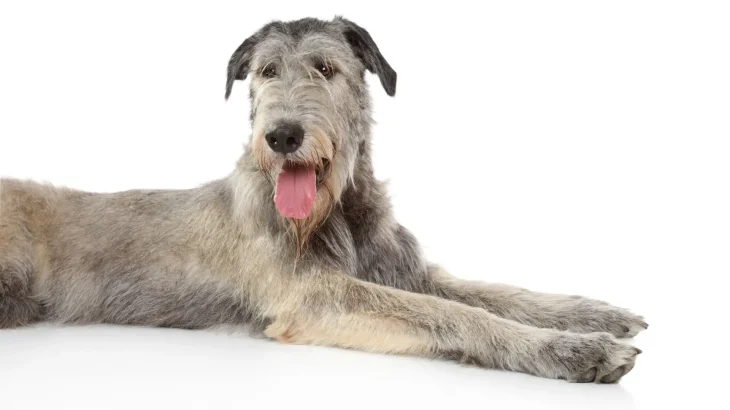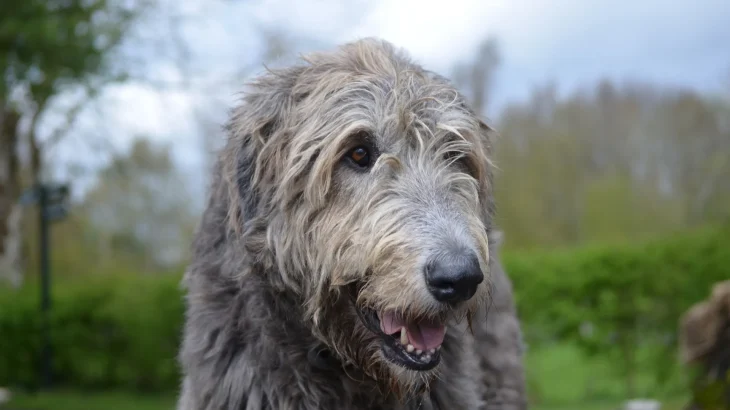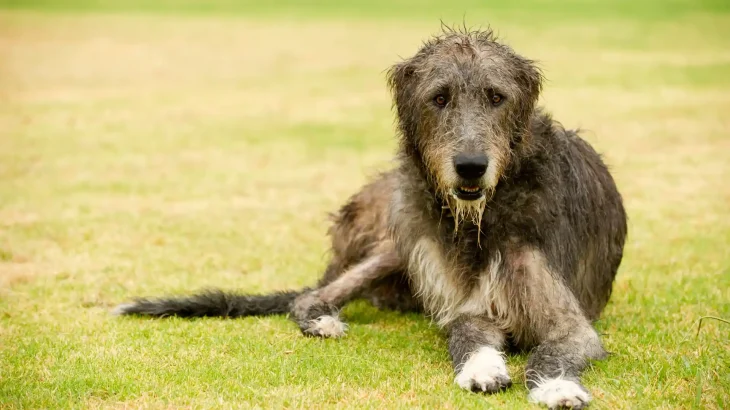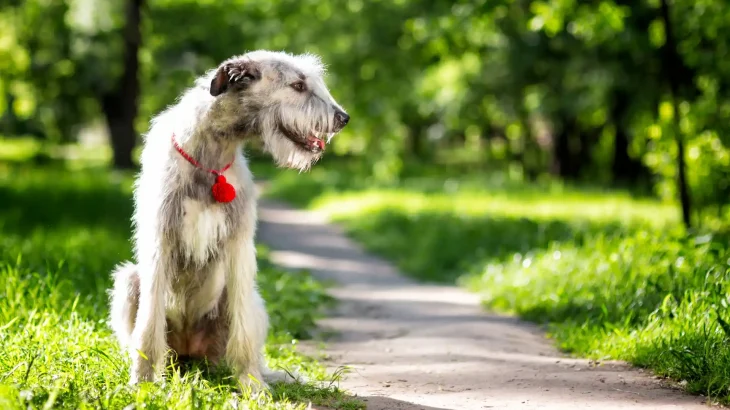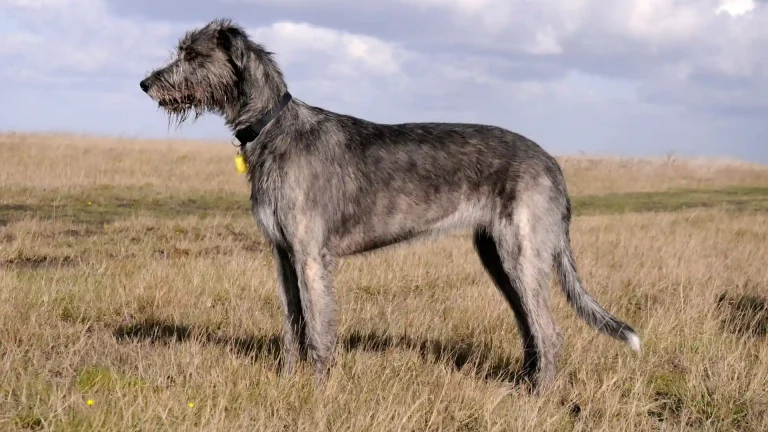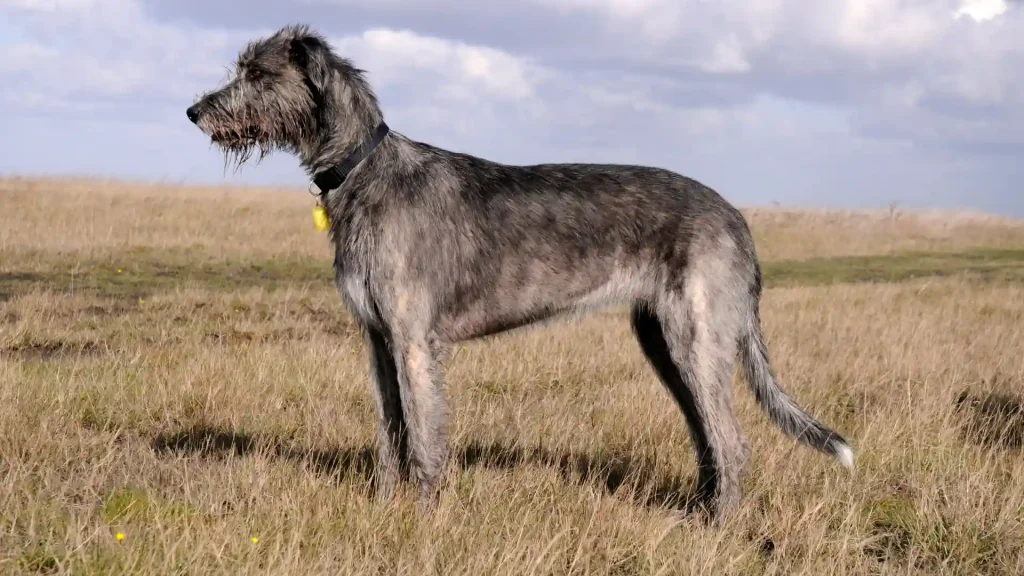Choosing between adopting or purchasing an Irish Wolfhound puppy involves weighing factors like availability, health guarantees, and ethical considerations. While buying from a breeder usually ensures pedigree and known health history, adopting can provide a loving home to a dog in need, often with some practical advantages.
Adoption vs. Breeder: Pros & Cons
| Criteria | Buying from Breeder | Adopting from Shelter/Rescue |
|---|---|---|
| Cost | Generally higher; puppies from reputable breeders often cost more due to pedigree and health screening. | Lower adoption fees, often include spaying/neutering and vaccinations. |
| Health History | Detailed health records and genetic screening help reduce inherited disorder risks. | Health background may be limited; many rescues offer basic health checks. |
| Age Availability | Primarily young puppies, letting you raise the dog from early on. | Varied ages including adults and sometimes puppies; some may be house-trained. |
| Temperament Insight | Breeders can provide info on lineage and socialization. | Rescue staff can share behavior observations; some history may be unknown. |
| Supporting Practices | Supports ethical breeding when from reputable sources; beware puppy mills. | Supports animal welfare by rehoming dogs and easing shelter crowding. |
| Breed Purity & Pedigree | Purebred with documentation, important for shows or breeding. | May include mixes or unknown lineage; purebreds less common. |

